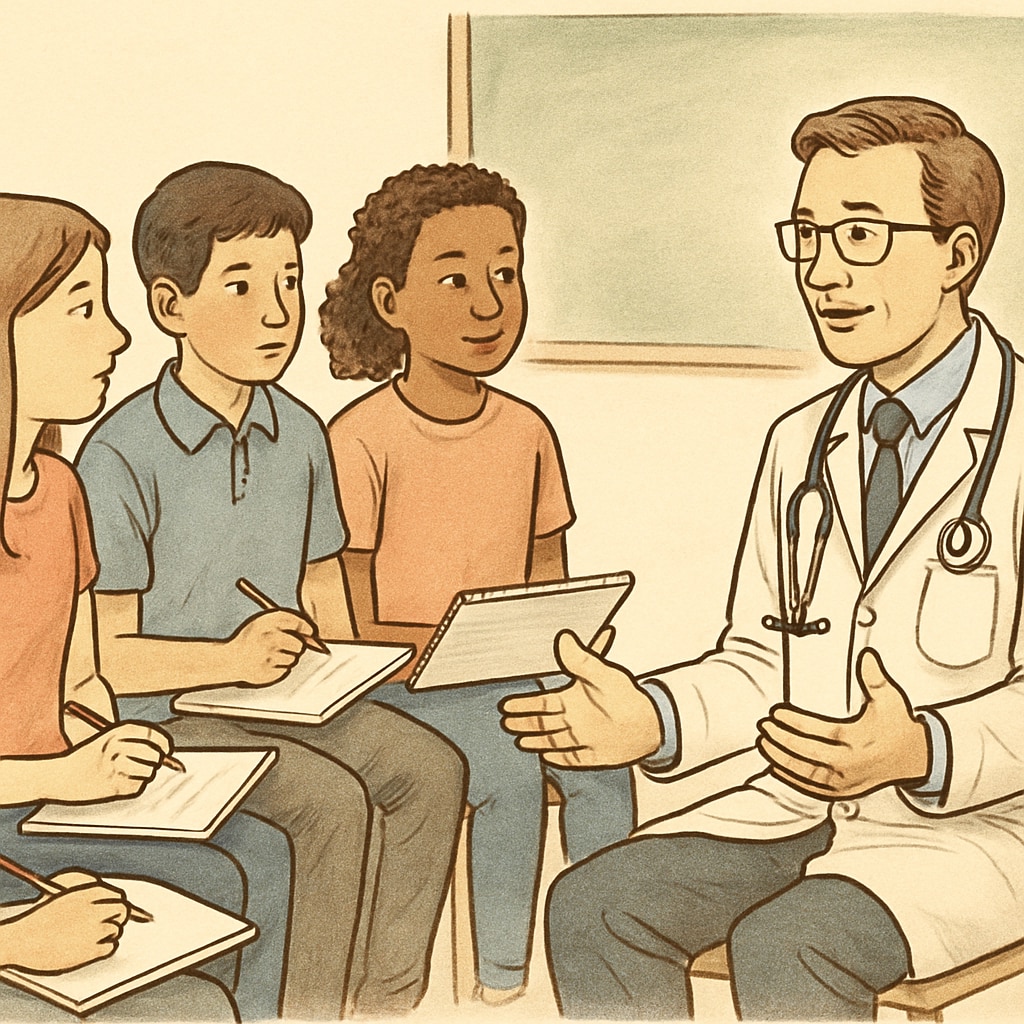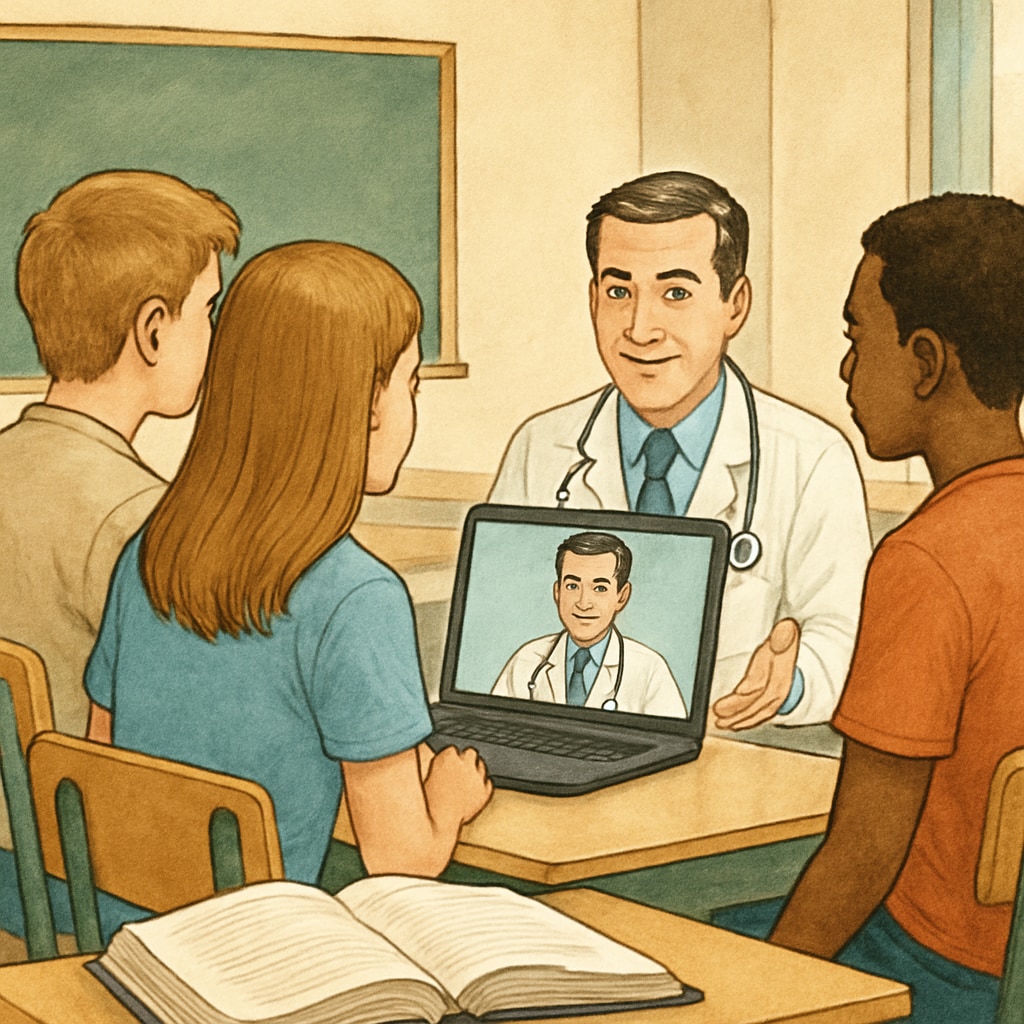Engaging students in meaningful career exploration is a vital part of K12 education. One effective method is organizing projects focused on medical careers, particularly through doctor interviews. These school projects not only provide students with firsthand insights into the medical profession but also help them develop critical skills for career planning and decision-making. In this article, we explore the value of such projects, outline a strategic framework for their design, and offer tips for fostering productive interactions between students and medical professionals.
The Importance of Medical Career Exploration in Schools
Introducing students to medical careers at an early age can spark interest in healthcare professions and promote long-term career awareness. For example, through structured interviews with doctors, students can gain a deeper understanding of the challenges and rewards of working in medicine. These interactions provide valuable context about the academic and personal commitment required in medical fields, helping students make informed choices about their future.

Additionally, such projects support broader educational goals. They encourage critical thinking, enhance communication skills, and expose students to real-world applications of science and empathy. According to Career Education on Wikipedia, early career exploration is linked to improved academic motivation and greater self-efficacy in students.
Designing an Effective Doctor Interview Project
To ensure the success of a doctor interview project, educators must plan carefully. Below are key steps to consider:
- Define clear objectives: Outline what the project aims to achieve, such as understanding medical specialties, learning about day-to-day responsibilities, or exploring career pathways.
- Identify suitable professionals: Partner with local healthcare providers, hospitals, or clinics to connect students with doctors willing to share their experiences.
- Prepare students: Teach students how to conduct interviews, including how to ask thoughtful questions and practice active listening.
- Facilitate interaction: Arrange interviews in formats that suit both students and doctors, whether in-person, virtual, or group discussions.
- Reflect and evaluate: Encourage students to summarize their findings, reflect on lessons learned, and discuss how the experience influences their career aspirations.
Making Student-Doctor Interactions Meaningful
A crucial aspect of these projects is ensuring that interactions between students and doctors are both respectful and engaging. Here are some tips to achieve this:
- Encourage curiosity: Help students brainstorm open-ended questions that allow doctors to share their personal journeys and perspectives.
- Foster professionalism: Teach students the importance of punctuality, preparation, and gratitude in professional settings.
- Provide context: Offer background information about the medical profession to help students understand interview responses more effectively.

These interactions can be transformative for students, providing inspiration and practical knowledge about what it takes to succeed in the medical field. Moreover, doctors often find value in mentoring young minds, making the experience rewarding for both parties.
Conclusion: Building Foundations for Future Careers
Doctor interview projects are an excellent way to integrate career exploration into K12 education. By exposing students to the realities of medical professions, schools can inspire future healthcare professionals while equipping students with essential life skills. As a result, these projects serve as a bridge between academic learning and real-world application, fostering a sense of purpose and direction in young learners.
For educators looking to implement similar initiatives, resources like Medicine on Britannica offer valuable insights into the field. With thoughtful planning and collaboration, such projects can leave a lasting impact on students’ lives and career trajectories.
Readability guidance: Use concise paragraphs and lists to summarize key points. Employ transitional phrases (e.g., for example, additionally, as a result) to improve flow. Maintain active voice wherever possible while limiting long sentences and passive constructions.


